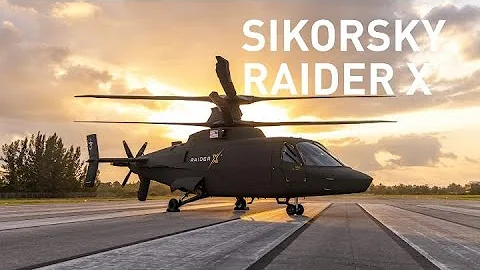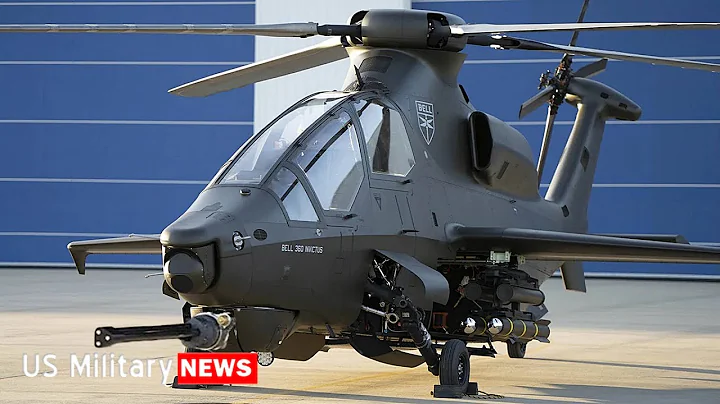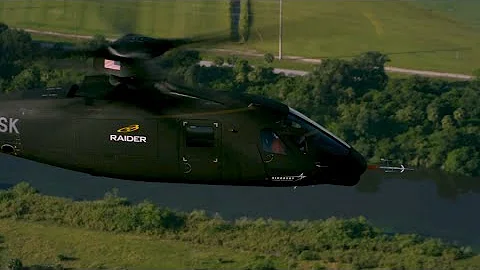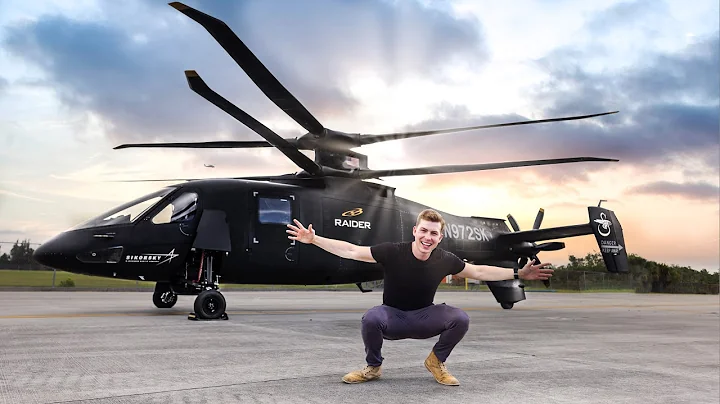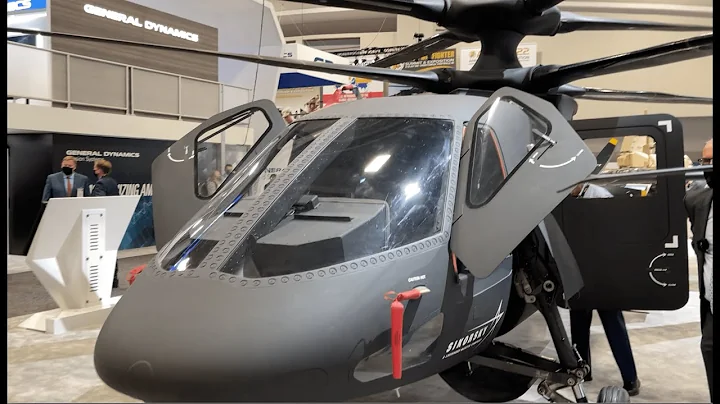
Computer generated complete Sikorsky Raider New photos of the Raider X prototype helicopter.
Sikorsky strategies developed for the U.S. Army's Future Attack Reconnaissance Aircraft (FARA) program have been sent to for testing in West Palm Beach, Florida. Sikorsky has 98 percent of the parts needed to complete the Raider, and the entire aircraft is about 90 percent complete, according to Jay Macklin, Sikorsky's business development director for Army plans and innovations.
"Our acceptance testing program is more than 50 percent complete," McLean said. "We have worked closely with the U.S. Army throughout the entire construction process, and they have been very involved in every aspect of it and have been great teammates," McLean said at a press conference on June 28, 2022. Two published by
The photo shows the fuselage in a hangar called "FARA Country" in West Palm. Under the chin of the aircraft are three main guns. The helicopter's "modular effects launcher" can also be folded to save drag. According to Sikorsky, these pods can also carry air-launched drones.
If required, these pods can be removed to make room for assault troops or casualty evacuation.
The aircraft has two main rotor masts, one inside the other, but the blades are not visible in the image. The eight-blade propeller strut is also missing from the tail boom.
Raider X also uses Sikorsky’s X2 technology.
Sikorsky's original S-97 Raider prototype was an 80% replacement for the current 14,000 lb (6,350 kg) X version. However, compared to the S-97, the Raider X has a more pointed nose and inverted landing gear. Other than that, the two are essentially the same aircraft.
"Most of the subsystems are installed on the aircraft and undergoing functional testing," said Pete Germanowski, Sikorsky chief FARA engineer.
"The second fuselage is being built at a separate Sikorsky facility in Long Island, New York. The fuselage should be loaded into the test frame in July and will undergo structural load testing," he added.
Germanowski explained that data collected from this test will be used to clear an operational Raider X prototype for flight.
Bell's 360 Invictus is a single main rotor helicopter with a canted tail rotor that competes with the Raider X in FARA. Invictus is built in Amarillo, Texas and has pretty much matched Raider X throughout its development so far.
In the fall of 2023, these prototypes will compete in Army-sponsored trials to see which one emerges victorious. Regardless of which helicopter wins, both aircraft will be powered by General Electric T901 modified turbine engines. The team will not receive these engines for a year to give Sikorsky time to refine the Raider X design accordingly.
FARA is intended to replace some of the U.S. Army's now aging helicopter fleet
FARA is intended to replace the now aging and retired OH-58D Kiowa Warriors in its armed reconnaissance role. RQ-7 Shadow, MQ-1C Gray Eagle and AH-64 Apache attack helicopters are currently performing this mission. FARA may also replace many Army AH-64s.
McLean told reporters that the S-97 has flown more than 100 hours since its first flight in 2015 and continues to fly regularly. Since its first flight in 2015, the S-97 has flown at speeds in excess of 200 knots, well beyond the peak speeds of conventional rotorcraft.
Its thruster struts provide the bursts of speed, rapid deceleration and enhanced maneuverability the Army needs in its Future Vertical Lift family of advanced rotorcraft . Many test pilots were impressed by the Raider's ability to "rotate" around a point.
The helicopter can also fly forward with its nose up or backwards with its nose pointed at the ground - an impressive feat.
Raider X Another interesting feature is that it can fly at top speed in a horizontal position. Traditional helicopters must tilt their nose downwards to accelerate. The feat is accomplished thanks to the helicopter's pusher propellers and inflexible counter-rotating rotors, eliminating the need for a tail rotor. In forward flight, the pusher propellers can be activated to reduce drag and increase speed and efficiency. Unlike many other existing helicopters, the Raider's blades create lift on either side of the aircraft as they rotate.

Lockheed Martin
Big brother to the Raider, the Defiant
Currently, the Army will choose between the Defiant and Bell's V-280 Valor in September.
FARA and FLRAA are part of Future Vertical Lift (FVL), one of the Army's six modernization goals. The two projects are small and medium-sized players in plans to replace the Army's entire rotorcraft fleet in the 2030s. The Army has no plans to replace the CH-47 Chinook in the 2060s, when its core design will be 100 years old. Under the FVL, other services are also working on new rotorcraft designs.
Sikorsky’s next-generation design is approximately twice as fast as current helicopters, with a new open-systems design that should allow for rapid updates, as well as upcoming technologies.
Whether the rotorcraft's speed and maneuverability are sufficient against an enemy with advanced air defense systems is unclear. For example, conventional rotary-wing aircraft suffered losses on both sides of the war in Ukraine, especially man-portable air defense weapons (MANPADS).
Not only that, air defense development would be another 10 years away when a proposed FARA design entered production in the 2030s. The Army acknowledged future air defense threats when it first announced the program in 2019, claiming the aircraft would be critical in defeating those threats.
Whether the Raider X will stand out remains to be seen, but if all goes according to plan, its flying capabilities should be demonstrated in just over a year.


